Choosing the right perfume bottle size can feel overwhelming. From tiny 1ml samples to giant 100ml flacons, how do you pick the perfect one? Whether you’re finding a new signature scent or a brand owner planning a product line, this guide will demystify every size.
The most popular perfume size is 50ml (1.7 fl oz), offering the best balance of value and usability for regular wear. For travel, bottles must be 100ml (3.4 fl oz) or less. As a brand, the 30ml and 50ml sizes are the strategic entry points for launching a new fragrance.
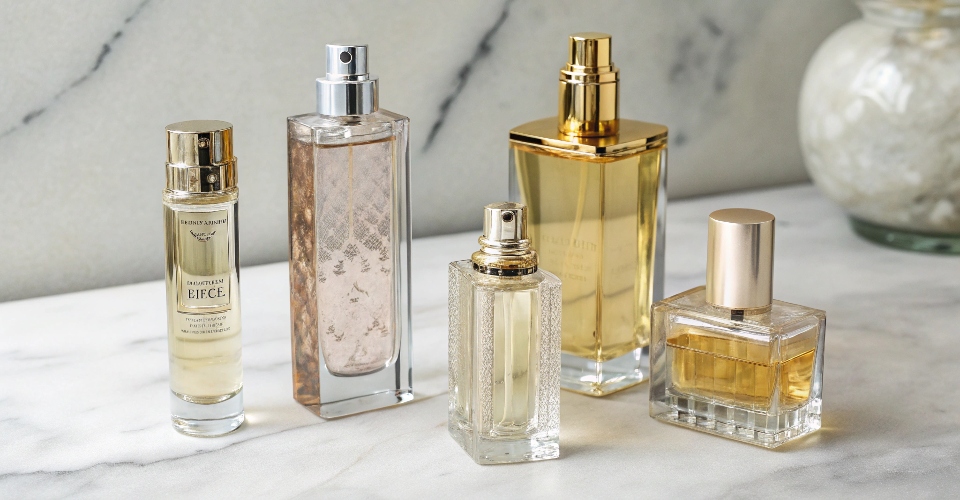
Perfume Bottle Sizes: A Quick Comparison Chart
For a quick overview, here’s a table comparing common perfume sizes, their fluid ounce equivalents, and their typical uses.
| Size (ml) | Size (fl oz) | Category | Best For |
|---|---|---|---|
| 1-2 ml | 0.03-0.07 oz | Sample / Vial | Testing a new fragrance before committing. |
| 5-7.5 ml | 0.17-0.25 oz | Miniature / Dabber | Collecting, gifting, or extended testing. |
| 10-15 ml | 0.34-0.5 oz | Travel / Rollerball | Vacations, carrying in a purse, TSA-compliant. |
| 30 ml | 1.0 oz | Small Standard | Committing to a new scent, building a collection. |
| 50 ml | 1.7 oz | Most Popular | Daily use, the perfect balance of size and value. |
| 100 ml | 3.4 oz | Large / Value | Your absolute favorite scent, best long-term value. |
| 125ml+ | 4.2 oz+ | Flacon / Jumbo | Devoted users of a single fragrance, refilling. |
Part 1: The Consumer's Guide to Choosing a Perfume Size
Understanding the purpose of each size bracket is key to making a smart purchase.
1. Sample & Miniature Sizes (1-7.5ml)
These tiny treasures are your entry into a new scent. Vials (1-2ml) are perfect for a few test applications, while miniatures (5-7.5ml) are often charming, shrunken-down versions of the full-size bottle, ideal for collectors.
- Best for: Trying before you buy, risk-free exploration.
2. Travel & Purse Sizes (10-15ml)
Often sold as "travel sprays" or rollerballs, these are designed for life on the go. They are small enough to fit in any bag and comply with the 100ml (3.4 oz) airline liquid limit[^1] for carry-on luggage.
- Best for: Portability, freshening up during the day, and travel.
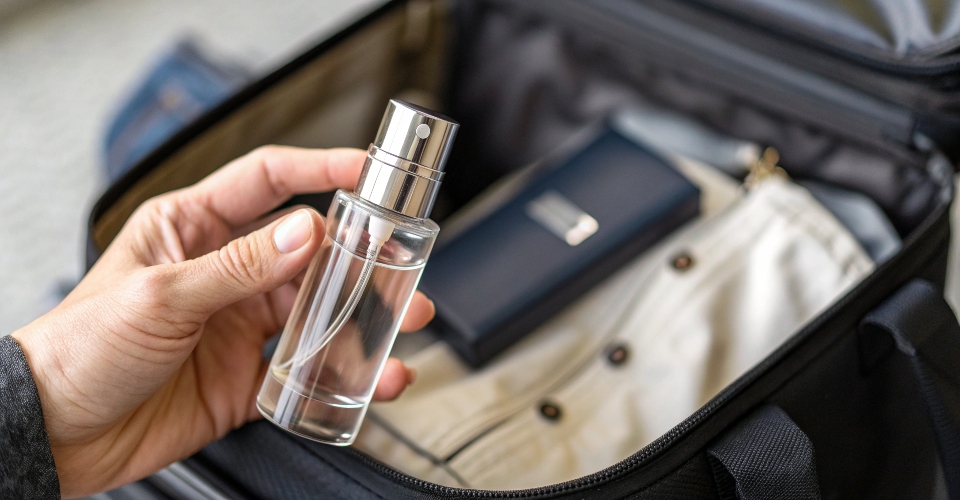
3. Standard Retail Sizes (30-50ml)
This is the sweet spot. The 50ml (1.7 oz) size[^2] is the most popular choice globally. The 30ml (1.0 oz) is excellent when you're committing to a new fragrance but aren't ready for a huge bottle.
- Best for: A signature scent you wear regularly but not exclusively.
4. Large & Value Sizes (100ml+)
If you have a die-hard favorite fragrance, the large size is your most economical choice. The 100ml (3.4 oz) bottle is a common offering and provides the best value, giving you the lowest cost per ml.
- Best for: Your one true signature scent, a long-term investment.
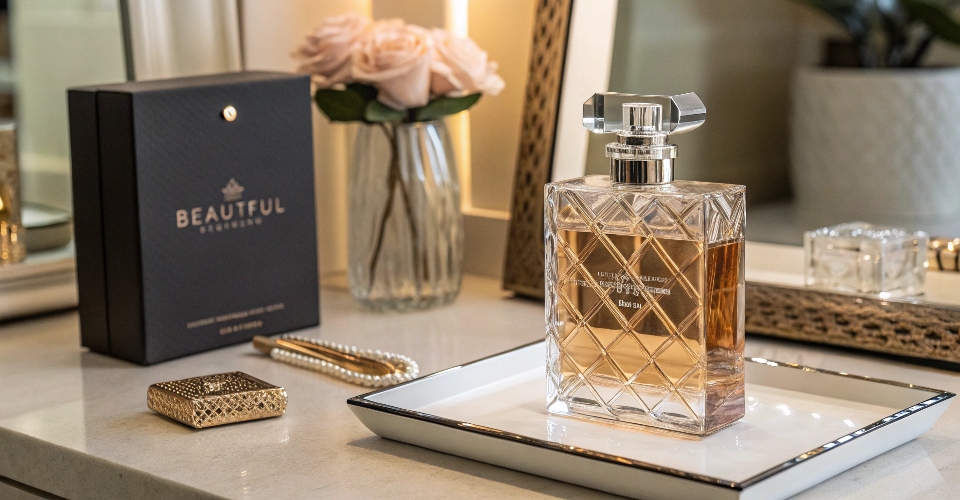
Part 2: How to Choose the Right Perfume Size for You
Still unsure? Ask yourself these four simple questions to find your perfect match.
- How often will you wear it? If it's for daily use, a 50ml or 100ml bottle offers the best value. For special occasions only, a 30ml bottle is more than enough.
- Do you need it to be portable? If you want to carry your fragrance for reapplication, a 10ml or 15ml travel spray is a must-have, even if you own a larger bottle that stays at home.
- Are you exploring or committed? If you love to switch scents, stick with smaller 30ml bottles or even samples. If you've found "the one," go big with a 100ml bottle to save money in the long run.
- Is it a gift? A 50ml bottle is generally a safe and generous gift size. It feels substantial without being an overwhelming commitment for the recipient.
Part 3: The Brand Owner's Playbook: How Size Drives Strategy
For brand owners, bottle size isn't just about volume—it's a powerful lever for market penetration[^3], profitability, and brand perception.
Building a Strategic Size Portfolio
A successful brand doesn't just sell one size. It builds a portfolio to capture different customer segments.
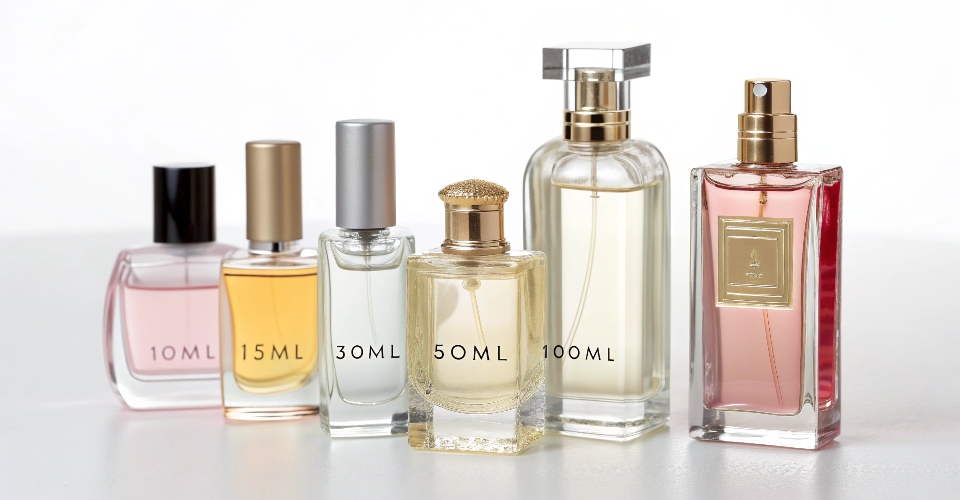
- Discovery & Trial (10ml): Use as a low-cost entry point and a powerful marketing tool for subscription boxes or Gift With Purchase (GWP) promotions.
- Core Product (50ml): The hero of your collection. This is your primary volume driver and the size most customers will purchase.
- Value & Loyalty (100ml): The high-margin flagship. This secures your most loyal customers and offers them the best value, increasing lifetime value[^4].
Technical Details You Must Discuss With Your Supplier
Choosing a size is just the start. To bring a bottle from concept to reality, these technical details are non-negotiable.
1. The Neck Finish: Ensuring Perfect Compatibility
The "neck finish" is where the pump and cap attach. Using an industry-standard neck (Crimp for a permanent seal or FEA/Screw for refillable designs) ensures you can source a wide variety of components, reducing your supply chain risks.
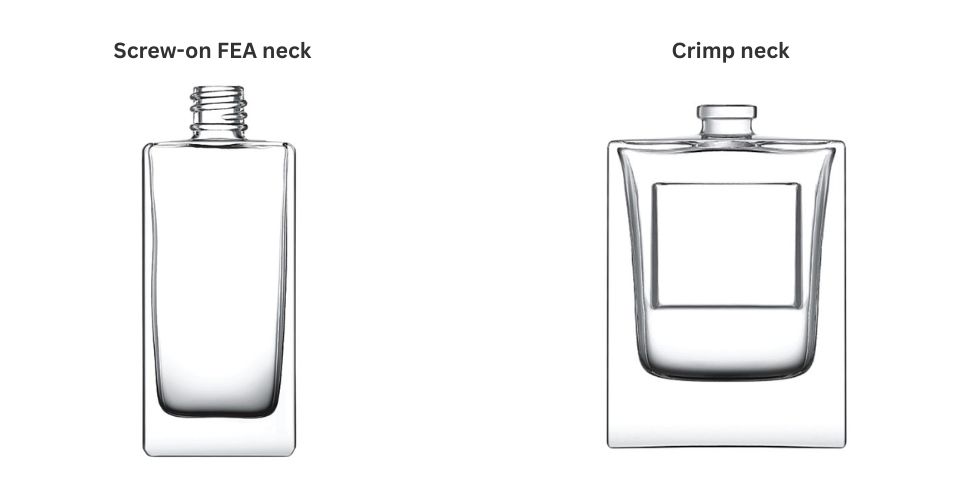
2. The Mold: Stock vs. Custom
- Stock Molds: Pre-existing, proven designs. They offer a low MOQ, lower costs, and fast speed-to-market. Ideal for new brands.
- Custom Molds: A unique, proprietary bottle shape made just for you. It's a significant investment but offers the ultimate in brand differentiation[^5].
The choice between stock vs. custom perfume bottles[^6] is one of the most critical decisions a new brand will make.
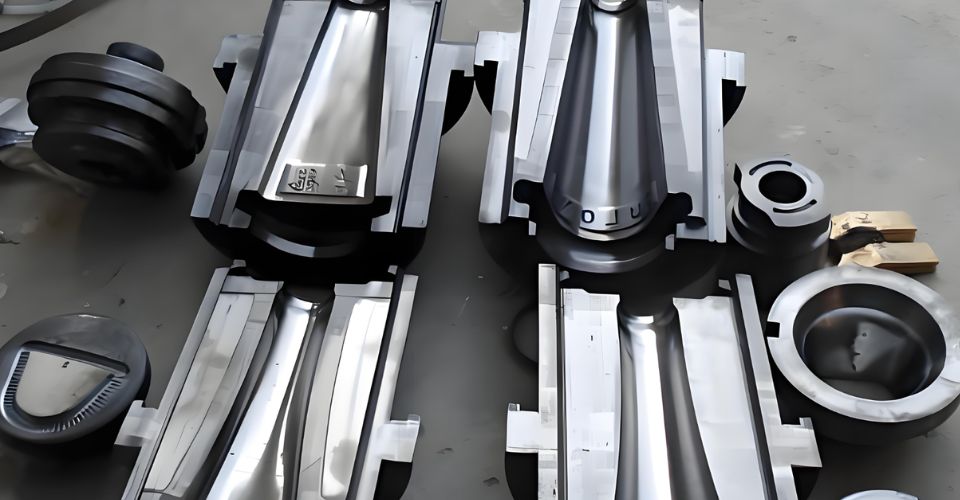
3. Craftsmanship & Decoration: Creating a Luxury Feel
The final feel of your bottle comes down to the many available perfume bottle decoration techniques[^7]. Discuss these high-impact options with your supplier:
- Color Coating & Frosting: Creates vibrant, gradient, or soft matte effects.
- Electroplating & Hot Stamping: Adds true metallic finishes (gold, silver) for a premium look.
- Engraving: Offers a personalized, ultra-premium touch for custom editions.
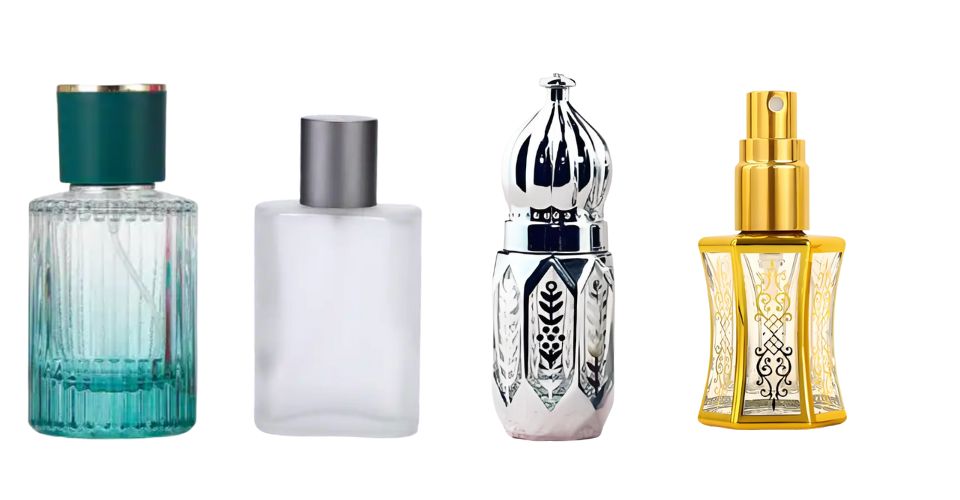
Part 4: 2025+ Trends in Perfume Packaging
Stay ahead of the curve by embracing the future of fragrance.
A. The Rise of Discovery Sets
Today’s consumers crave experiences and variety. Brands are winning by offering curated "Discovery Sets" of several 5-10ml mini bottles, allowing customers to explore their entire collection.
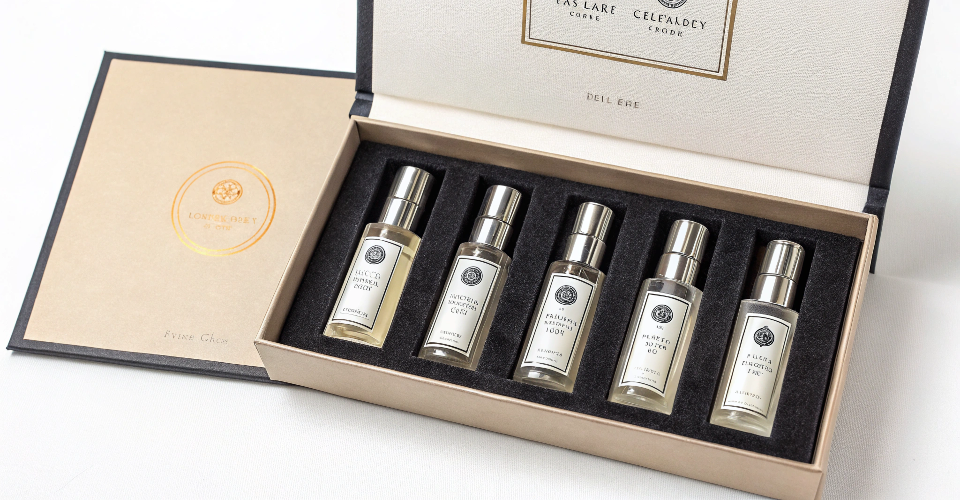
B. Sustainability & The Refill Revolution
Sustainability is driving innovation. Refillable perfume bottles[^8]—pairing a large, simpler "mother bottle" with a smaller, elegant travel atomizer—are becoming a new standard for luxury and sustainability.
C. Collector's Editions & "Super Sizes"
Limited-run, oversized (200ml+) or artistically designed bottles create hype and elevate brand prestige. They transform a fragrance from a consumer good into a collectible masterpiece.
Part 5: Frequently Asked Questions (People Also Ask)
For Consumers (B2C)
1. What is the most standard perfume bottle size?
A: The most common and popular standard size is 50ml (1.7 fl oz). It offers a great balance between longevity and price.
2. What size perfume can I take on a plane?
A: According to TSA rules, liquids in your carry-on bag must be in containers of 100ml (3.4 fl oz) or less. Any perfume bottle 100ml or smaller[^1] is safe for air travel.
3. How many sprays are in a 50ml bottle?
A: On average, 1ml of perfume yields about 10-15 sprays. A 50ml bottle contains approximately 500-750 sprays, while a 100ml bottle has 1,000-1,500 sprays.
4. Is it cheaper to buy a bigger perfume bottle?
A: Yes. The price per ml almost always decreases as the bottle size increases. If you love the scent, the largest size is the most economical choice.
5. How long does 100ml of perfume last?
A: With daily use of 2-3 sprays, a 100ml bottle can last for 10-12 months, making it a great value purchase for a signature scent.
6. Does perfume expire? Should I avoid large bottles?
A: Perfume does degrade over time. The typical shelf life for a perfume[^9] is 3-5 years. If you use fragrance infrequently, a smaller 30ml or 50ml bottle is a wiser investment.
For Brands (B2B)
7. What is the MOQ for custom-sized perfume bottles?
A: MOQs (Minimum Order Quantities)[^10] vary dramatically. Using a stock bottle can have MOQs as low as a few thousand units. Creating a fully custom bottle often requires 20,000 units or more.
8. How does bottle size impact shipping and logistics costs?
A: Size and weight are direct cost drivers. Smaller, lighter 30ml bottles reduce fulfillment expenses. Heavier 100ml glass bottles require more protective packaging and incur higher shipping and logistics costs[^11], impacting your margins.
9. Can LOM Glassworks help us design a non-standard bottle size?
A: Absolutely. Our expertise lies in providing high-quality stock solutions and managing the full custom design process. We partner with brands[^12] to create unique bottles that capture their vision and meet business goals.
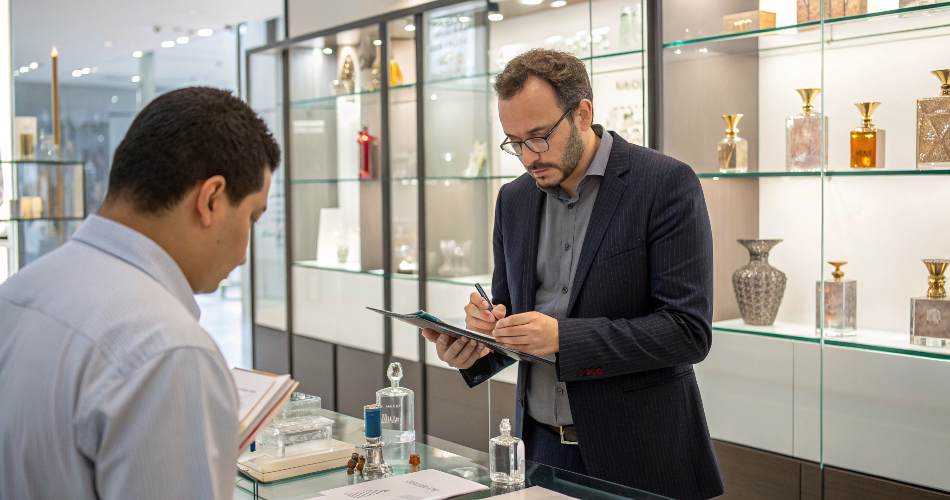
LOM Glassworks: Your Strategic Packaging Partner
Choosing the right perfume bottle size is where consumer desire meets business strategy. It's a decision that shapes perception, profitability, and your brand's future.
Transform Your Vision into Reality with LOM Glassworks
Don't navigate this complex process alone. At LOM Glassworks, we are experts in both the art and the science of perfume packaging. Whether you need guidance on accessible stock solutions to launch your brand or are ready to invest in a unique custom mold that stands out, our team is here to ensure your final product is a masterpiece.
Contact our specialists at Lom Glassworks today for a FREE strategic consultation. We'll help you build a sizing and packaging strategy designed for maximum impact and profitability.
Footnotes
[^1]: A complete guide for consumers on taking perfume on an airplane.
[^2]: A focused guide on why the 1.7 oz (50ml) size is so popular.
[^3]: A clear, authoritative definition of the business strategy for increasing market share.
[^4]: A practical e-commerce guide to understanding and improving customer lifetime value.
[^5]: A comprehensive, neutral overview defining this core product marketing strategy.
[^6]: A detailed comparison to help brands choose between stock and custom bottles.
[^7]: An expert guide to the various decoration options for luxury perfume bottles.
[^8]: A brand's guide to the benefits and strategy of using refillable bottles.
[^9]: An in-depth look at how long perfume lasts and how to store it.
[^10]: A full breakdown of costs and MOQs for custom perfume bottle manufacturing.
[^11]: An economic overview of the principal factors that influence global logistics costs.
[^12]: An expert strategy guide for launching a new fragrance brand.


